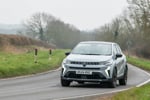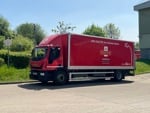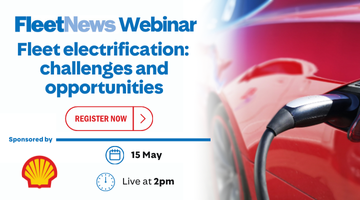Benefit-in-kind tax on a car is charged on its list price, with the percentage decided according to the driver's mileage. From next year the amount of tax the driver pays will be based on the emissions from the car. By contrast, van drivers who have vehicles for private use pay a £500 flat rate charge, unless the vehicles is over four years old, in which case a £350 tax charge applies.
For a driver in a car worth £12,000, covering between 2,500 and 18,000 miles a year, he would be taxed at his basic rate on 25% of the list price of the car this year, or £3,000. A 22% taxpayer would therefore pay £660 a year. By contrast, a van driver would pay £110. The Inland Revenue has confirmed that such a clear move into vans would lead to staff being charged on the £500 flat scale, even though the vehicle was effectively being used as a car. A van, for the purposes of the benefit charge, is a vehicle built primarily to carry goods or other loads (but not people) with a design weight not exceeding 3,500 kilograms.
Gerald Bonner, general manager of Bartlett Tree Experts, said: 'All nine employees who will be driving 206 vans took part in the test drives before we made our decision and they all preferred the van. Our sales team do not need to drive vans as part of their job - our decision to look at LCVs was made primarily because of the tax implications.'
Fleets have also considered moving into double cabs in a bid to escape company car tax, but this has sparked confusion and debate. A double cab with a payload of more than a tonne is classed as a commercial vehicle for VAT purposes, but the Inland Revenue says vehicles could incur company car tax, depending on how the driver uses the vehicle. If a driver has effectively swapped a company car for a double cab to avoid company car tax, then the local tax office could decide tax is payable a company car driver, rather than a van driver.
















Login to comment
Comments
No comments have been made yet.